Secrets to tiny-home success I learned living in Amsterdam
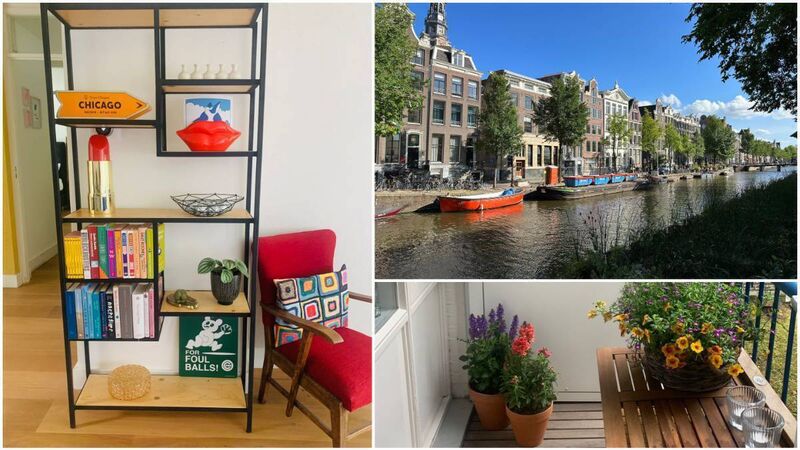
Left, open shelving in an apartment in the Netherlands, top right, canal houses in Amsterdam, below right, external storage is common in homes in the Netherlands.
I spent a three-year stint in the Netherlands in my early 20s, and only recently did I develop an awareness that the average house size there is significantly smaller than it is here. In Amsterdam, the average size of an apartment is 49 sq m to 65 sq m (according to a report from its central bureau of statistics in 2022). That’s an awful lot smaller than the average apartment in Dublin, with an average two-bed here ranging from 73 sq m to 80 sq m (according to a 2020 report from Hines Europe). But apartments here certainly feel smaller than they do in Amsterdam.
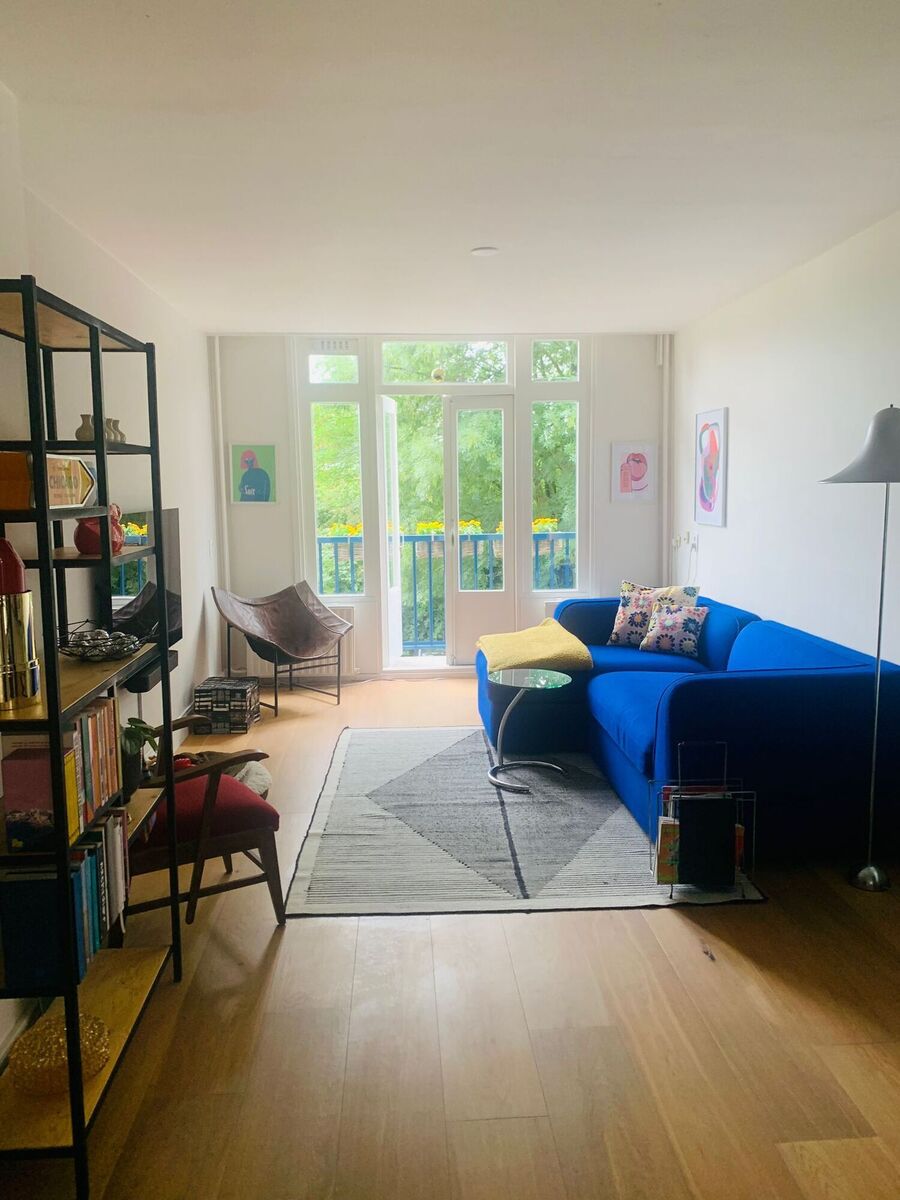
Of course, the Dutch are far more used to small-space living than we are given our comparatively vast amount of land for a much smaller population, and so they have become masters at maximising tiny-home living. We should learn from their example. Here are some of my favourite features and quirks I’ve noticed over the years of how the Dutch make best use of very small spaces.
Building regulations stipulate a minimum ceiling height of 2.4m in Ireland, compared to 2.6m in the Netherlands. The Dutch are the tallest people on the planet so they need the extra height, but from a design perspective that extra 20cm makes a world of difference. Higher ceilings do a lot to make a room feel bigger.
Aside from a feeling of airiness and spaciousness, higher ceilings also offer additional storage capacity. Making clever use of vertical storage is one of the smartest things you can do if you’re living in a small home, and the Dutch do this exceptionally well with high cabinets and floor-to-ceiling units.
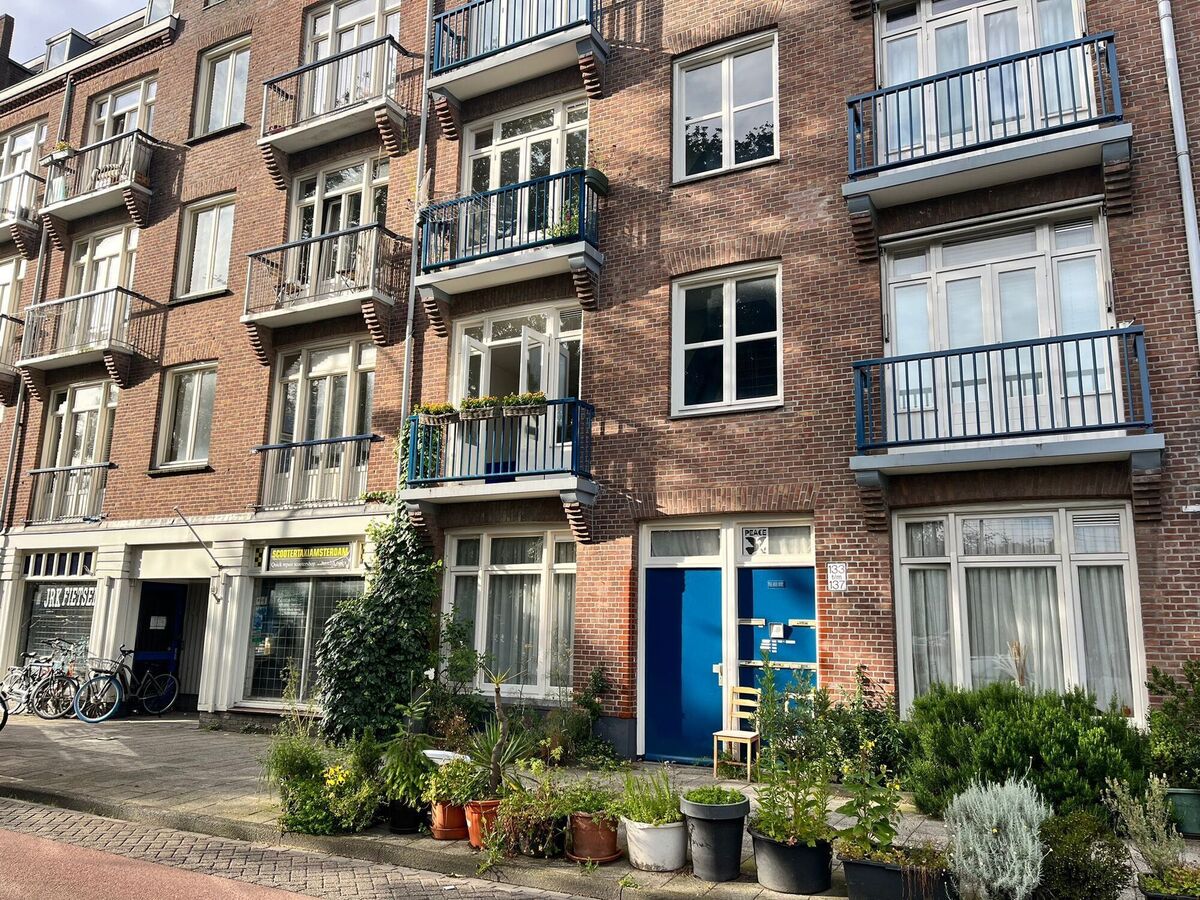
Large windows do not offer more actual space of course, but the additional light they provide instantly makes the rooms inside feel much bigger. It is counter-intuitive, but often large items (such as windows and furniture pieces) in small rooms can actually serve to make the room feel bigger. I am beyond thrilled to see more new-builds in central Dublin boast larger windows than our existing apartment buildings.
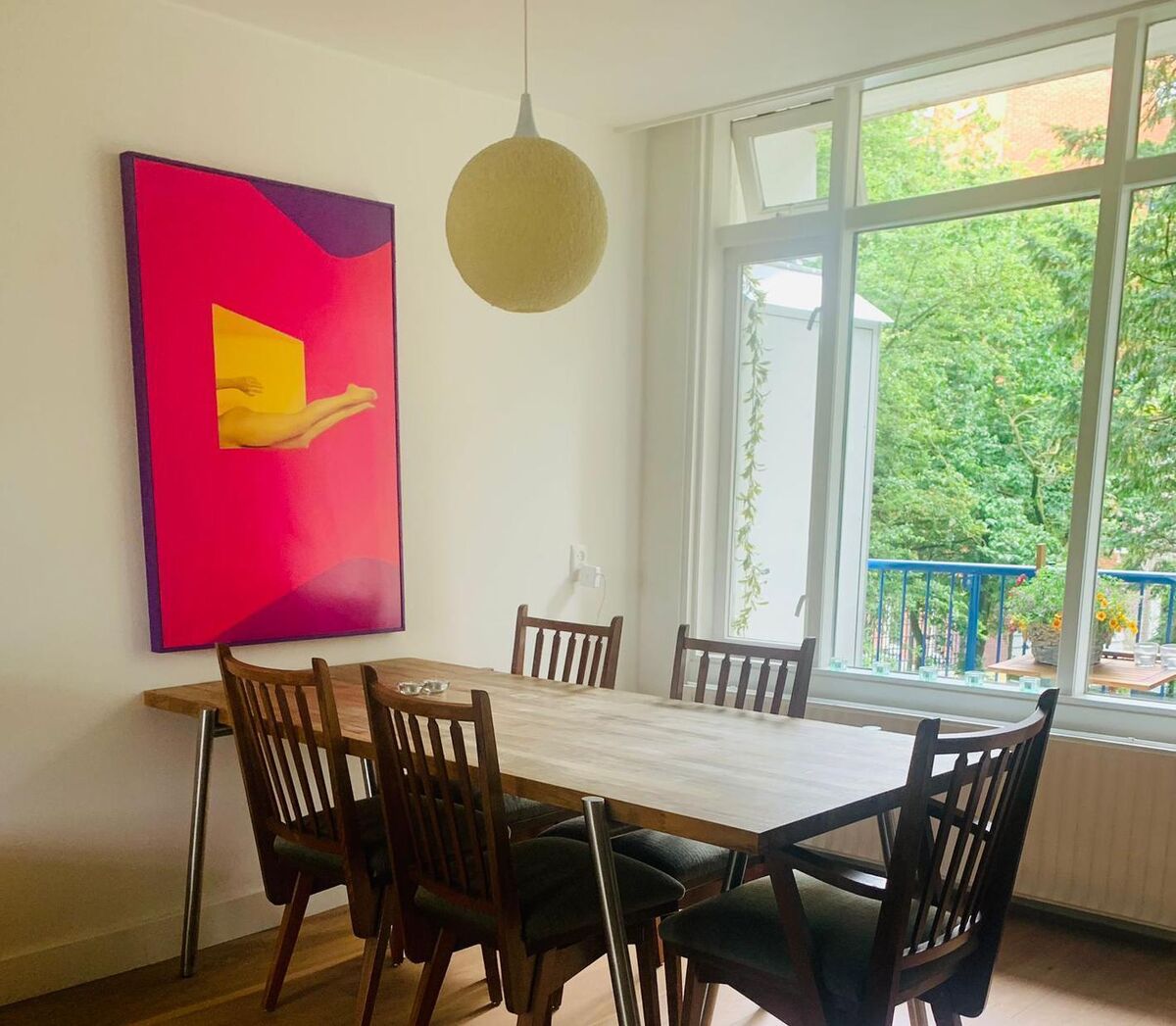
Next time you’re in Amsterdam, as you stroll around the Negenstraatjes, look up and see if you can spot large hooks sticking out of the top of apartment buildings and homes. These hooks are for winching furniture into apartments through the big Dutch windows.
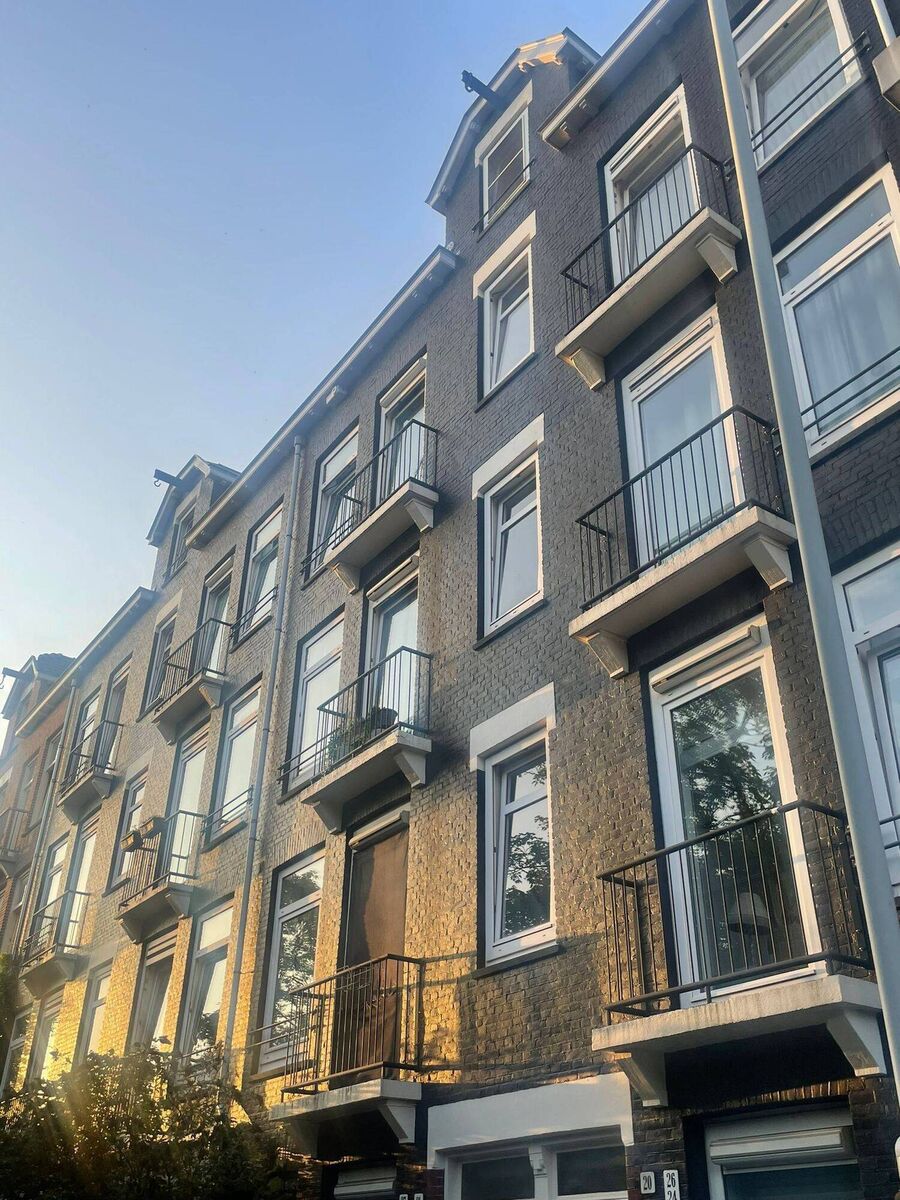
Many of these buildings used to be warehouses, and carrying heavy items to be stored in the upper floors of the narrow buildings was near-impossible. So the clever Dutch added hooks to the tops of the buildings to haul heavy items up through the large windows. Most buildings have been converted from warehouses into apartments now, but in most cases, the hooks are still used to lift furniture easily into the apartment.
Speaking of narrow, the reason you see so many slim buildings in Amsterdam is that back in the day, Dutch property taxes corresponded to the width of the building facing the canal.
This was actually a pretty smart way to maximise building density along the canals, but one of the consequences is that the staircases in these older narrow dwellings are frighteningly steep — in fact, they’re barely more than ladders.
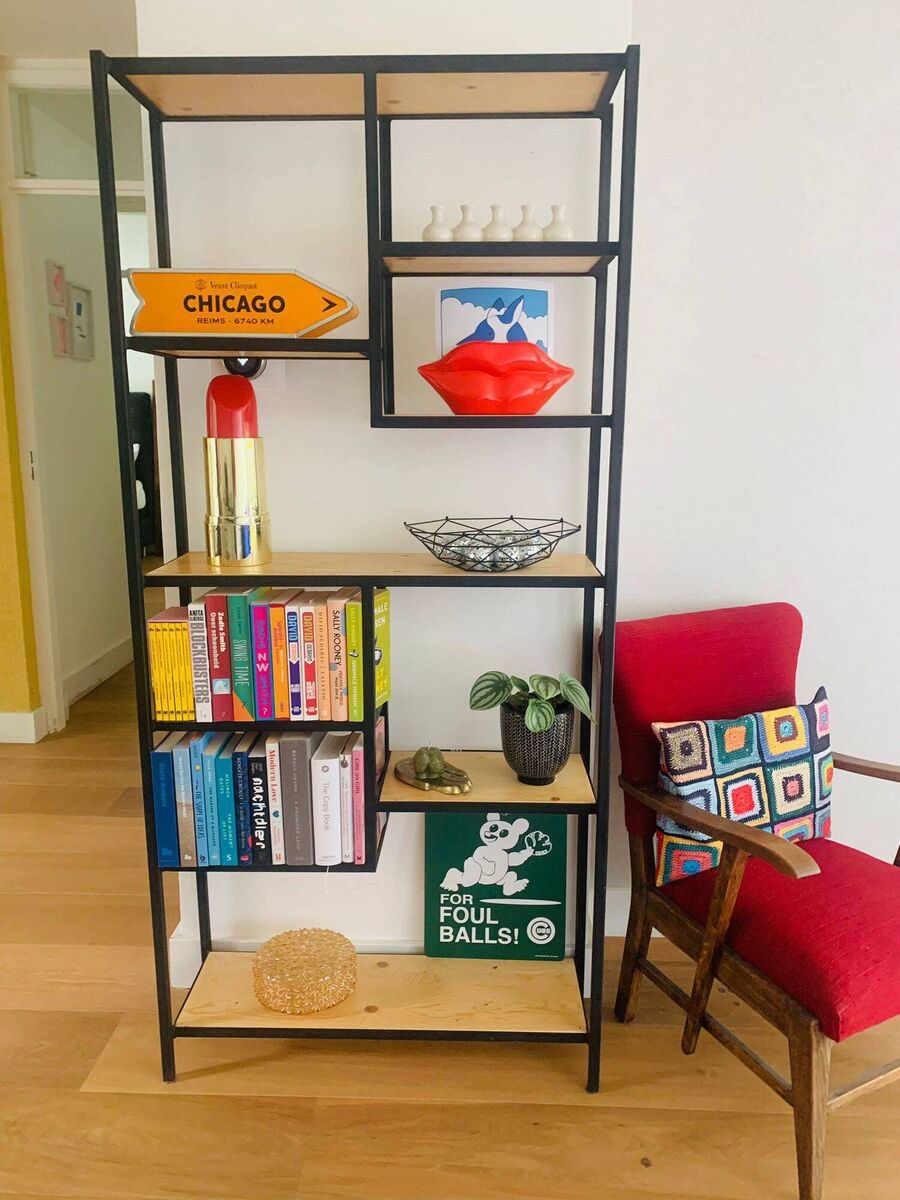
Such precipitous stairs are no longer allowed in new buildings because they are genuinely a health and safety hazard, but the fact remains that they are very effective space-savers. If you’re a mountain goat that is.
I’m not talking about them becoming the next tech billionaires — I mean physical platforms. The additional ceiling height in Dutch rooms affords room for makeshift mezzanine.
Especially in student homes, it is not uncommon to see beds on raised platforms, which frees up valuable space underneath for a working area, wardrobe space, or other storage — similar to bunk beds with desks underneath. It is a very clever way to free up floor space and something we should consider doing more of here when faced with space challenges.
Self-storage is a booming business in Amsterdam. You can buy yourself extra space for just a few euros a week, and some will even offer collection and delivery for your items. It’s not such a competitive landscape here so the prices are higher and the services come with fewer balls and whistles but it’s still a great option should you find yourself with an overflowing garage.
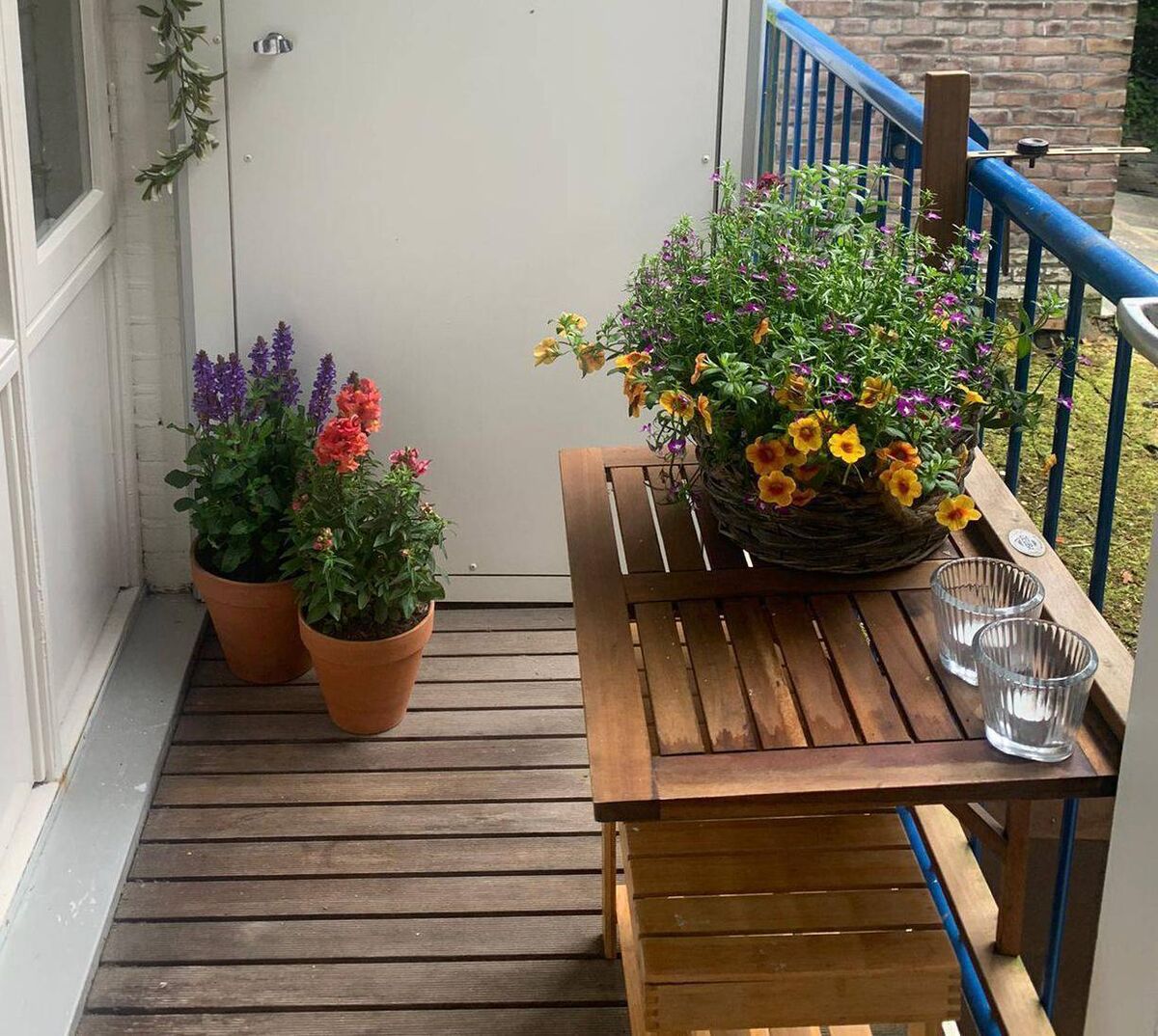
Aside from rented self-storage, Amsterdam apartments often come with additional storage space in the shared landings and stairwells of apartment buildings.
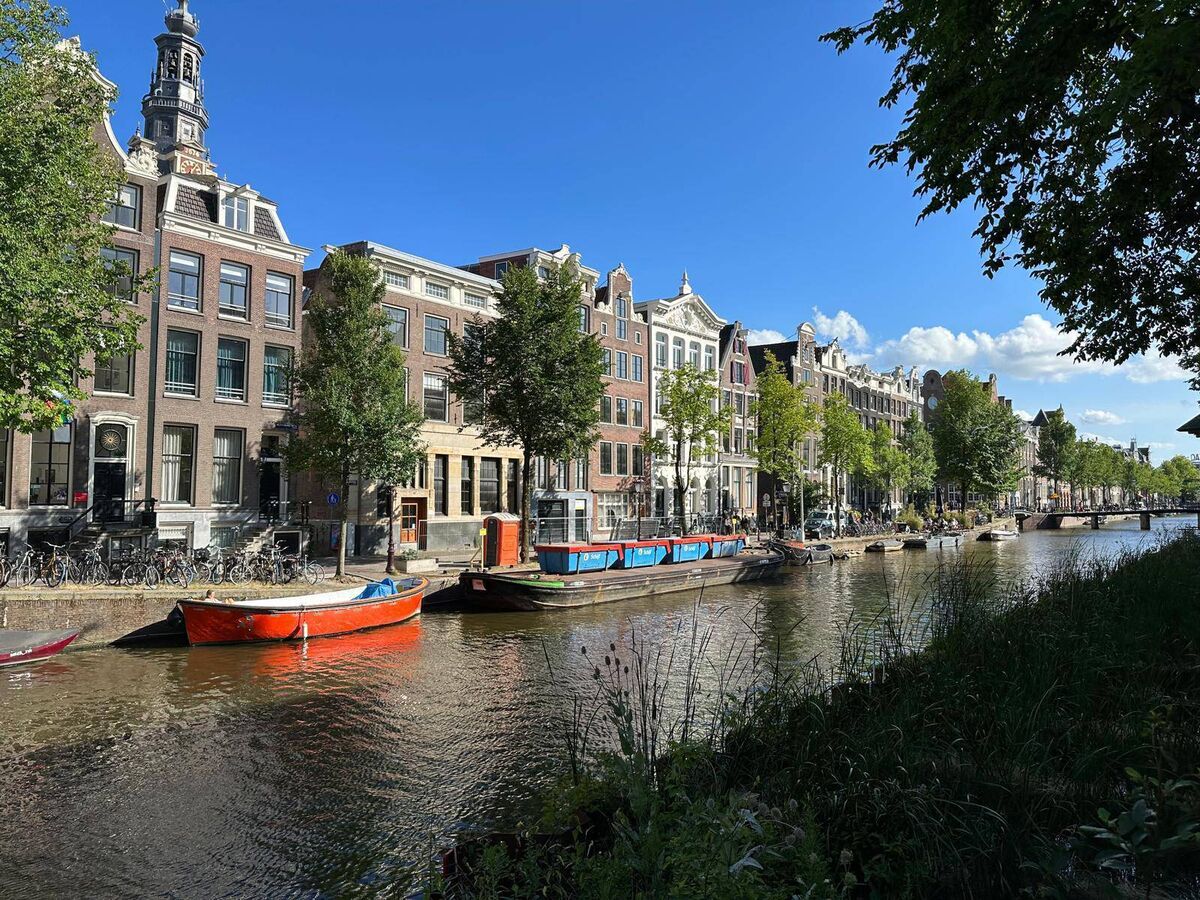
This is certainly something we should incorporate here as even having a small additional cabinet outside your door for shoes and coats frees up very valuable hallway space in small apartments. And, of course, with such steep staircases the Dutch need outdoor space to store their bikes (as their primary mode of transport). In Amsterdam, most people lock them to the plentiful bike racks along the streets, but it is always helpful when an apartment building offers secure space to lock up bikes.













